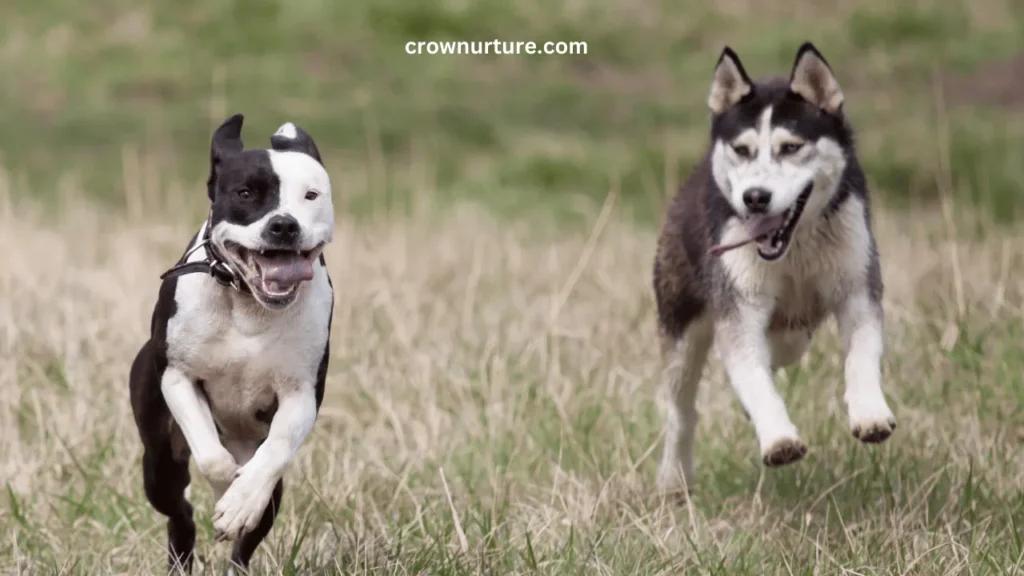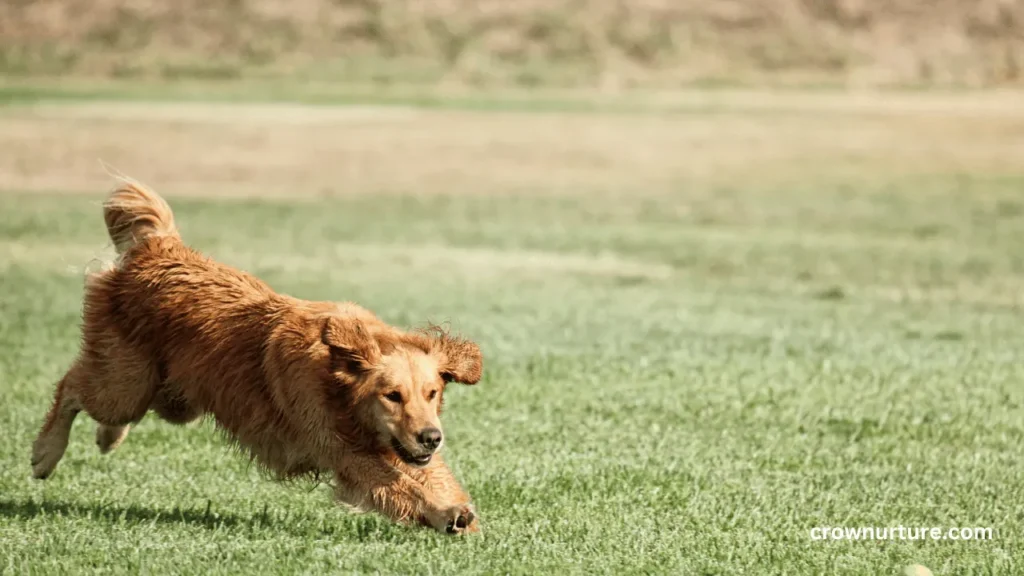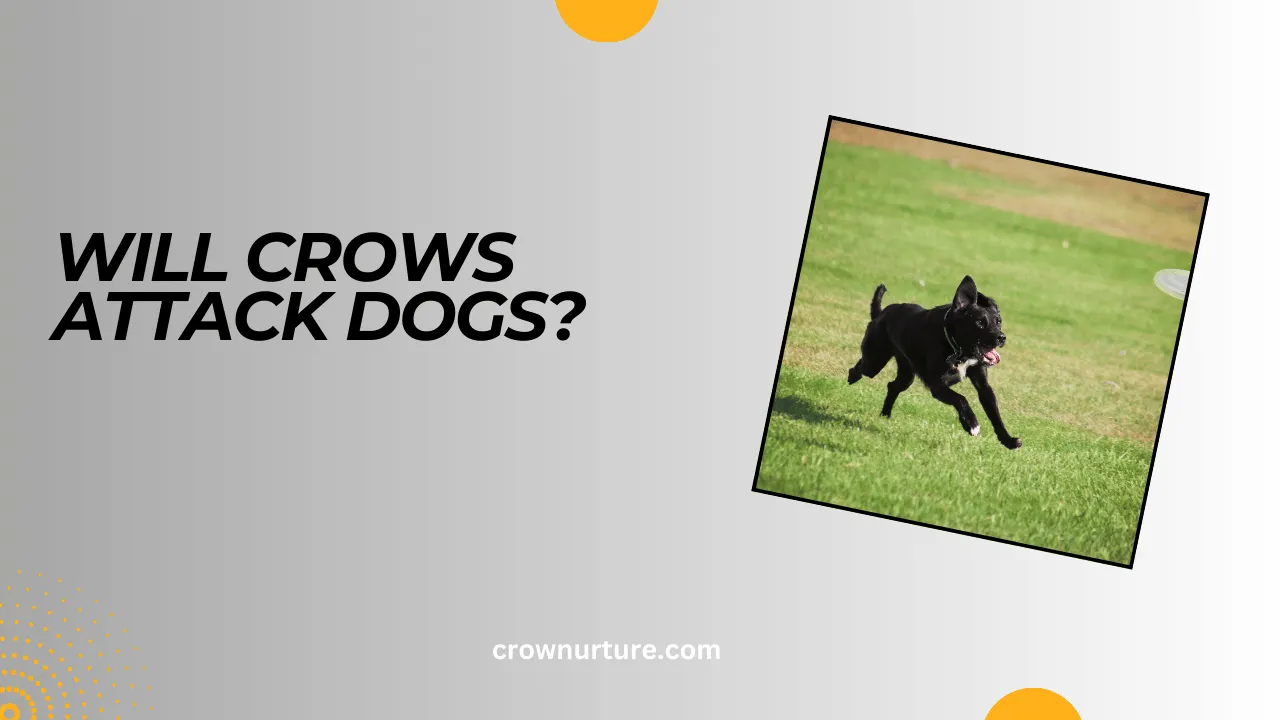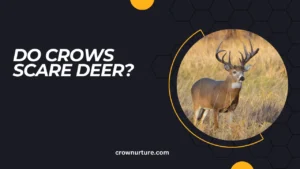Have you ever seen a dog suddenly dart for cover as a crow swoops down with impressive speed? The sight of a dog being dive-bombed by a crow might seem unusual, but it’s not as rare as you might think.
Crows, with their keen intelligence and territorial nature, are known to react aggressively when they perceive a threat, and in some cases, that threat is a dog.
Though crows aren’t typically predators of dogs, they can become hostile when they feel their territory or nests are at risk. This defensive aggression, usually reserved for the protection of their young, can lead to attacks that involve dive-bombing, pecking, and other acts of intimidation.
But what triggers this behavior, and how can dog owners protect their pets from these unexpected encounters?
In this blog post, we’ll explore the behavior of crows, the factors that trigger their aggression towards dogs, the different types of attacks, how to prevent these incidents, and the importance of coexisting with wildlife. Read on to understand why crows may attack dogs and what you can do to minimize the risk.

Contents
1. Crow Behavior and Intelligence
Crows are incredibly intelligent birds, known for their problem-solving skills and long-term memory. These cognitive abilities allow them to recognize potential threats, including dogs, and respond accordingly. Their intelligence also contributes to their highly social behavior, where they work together in groups to defend their nests and territory.
During the nesting season, crows are particularly territorial, fiercely protecting their young from any perceived danger. A dog, often viewed as a large predator, may trigger an aggressive response from a crow defending its home.
Crows are keenly aware of their surroundings, and any intrusion into their territory, whether by a dog or another animal, is met with suspicion and often leads to aggression.
2. Factors Triggering Crow Attacks on Dogs
The most common reason for crow attacks on dogs is the nesting season, typically occurring in the spring and early summer. During this time, crows are especially protective of their young and will go to great lengths to chase off anything they perceive as a threat.
If a dog gets too close to a crow’s nest, the risk of an attack increases. Dogs may inadvertently approach a nesting site while sniffing around or exploring, prompting the crow to defend its young.
Certain dog behaviors, such as chasing, barking, or digging near a nest, can also trigger an attack. Crows perceive these actions as threatening to their territory and will act aggressively in response.

3. Types of Crow Attacks on Dogs
One of the most dramatic forms of attack is dive-bombing, where crows swoop down at high speeds, aiming to strike the dog with their beaks or claws. This fast-paced aerial assault can startle the dog and force it to retreat.
Another tactic is pecking at vulnerable areas like the dog’s head, ears, or eyes. While these pecks may not cause severe harm, they are meant to intimidate and deter the dog from getting too close.
In some cases, crows may engage in mobbing behavior, where multiple crows work together to harass a single dog. This coordinated attack overwhelms the dog and increases the effectiveness of the crow’s defense strategy.
4. Preventing and Responding to Crow Attacks
To avoid crow attacks, dog owners should avoid areas known to have crow nests, especially during the breeding season. Being aware of where crows typically nest can help reduce the chances of an encounter.
When walking dogs in crow-prone areas, it is important to keep them on a leash. This gives you more control over the dog’s movements, preventing it from getting too close to a nest or displaying behaviors that could trigger an attack.
If you find yourself under attack, it’s helpful to distract the crows by making loud noises or using objects like umbrellas to shield yourself and your dog. In some cases, consulting with wildlife experts can provide additional strategies for handling persistent crow aggression.
5. Coexisting with Wildlife
While it’s important to protect pets from aggressive wildlife, it’s equally important to respect animals in their natural habitats. Understanding animal behavior, including how crows react to perceived threats, helps foster better coexistence with wildlife.
By recognizing the role of crows in the ecosystem and minimizing human interference, we can reduce the chances of conflict. Responsible pet ownership plays a crucial part in reducing such confrontations by ensuring dogs are not left to roam freely in areas where wildlife may be nesting.
Ultimately, understanding and respecting wildlife behavior helps maintain the delicate balance of nature, ensuring both pets and animals can coexist peacefully.
Conclusion
While crow attacks on dogs are not common, they can happen, particularly when the crows perceive a threat to their nests and young. These aggressive encounters are most frequent during the nesting season and are typically a defensive measure by crows.
By avoiding crow nesting areas, keeping dogs on leashes, and understanding crow behavior, we can minimize the risk of these attacks. More importantly, respecting wildlife and their habitats is essential to promoting peaceful coexistence.
In the end, coexistence with wildlife is key to avoiding conflicts and ensuring that both pets and wild animals live in harmony.
FAQs
1. Do crows attack dogs often?
No, crow attacks on dogs are rare and typically occur during the nesting season when crows are protecting their young.
2. What triggers a crow to attack a dog?
Proximity to nests, aggressive dog behavior (like barking or chasing), or intrusion into their territory can provoke crows to attack.
3. How do crows attack dogs?
Crows may engage in dive-bombing, pecking, or mobbing behavior to defend their nests or territory from perceived threats.
4. Can crow attacks harm a dog?
While crow attacks are usually not life-threatening, the pecking or claws could cause injuries, especially to the dog’s head or eyes.
5. How can I protect my dog from crow attacks?
Keep your dog on a leash, avoid areas with active crow nests, and use deterrents like loud noises or umbrellas to discourage crows.
6. What should I do if a crow attacks my dog?
Move away from the area immediately, and if necessary, seek professional advice from wildlife experts for long-term solutions.








